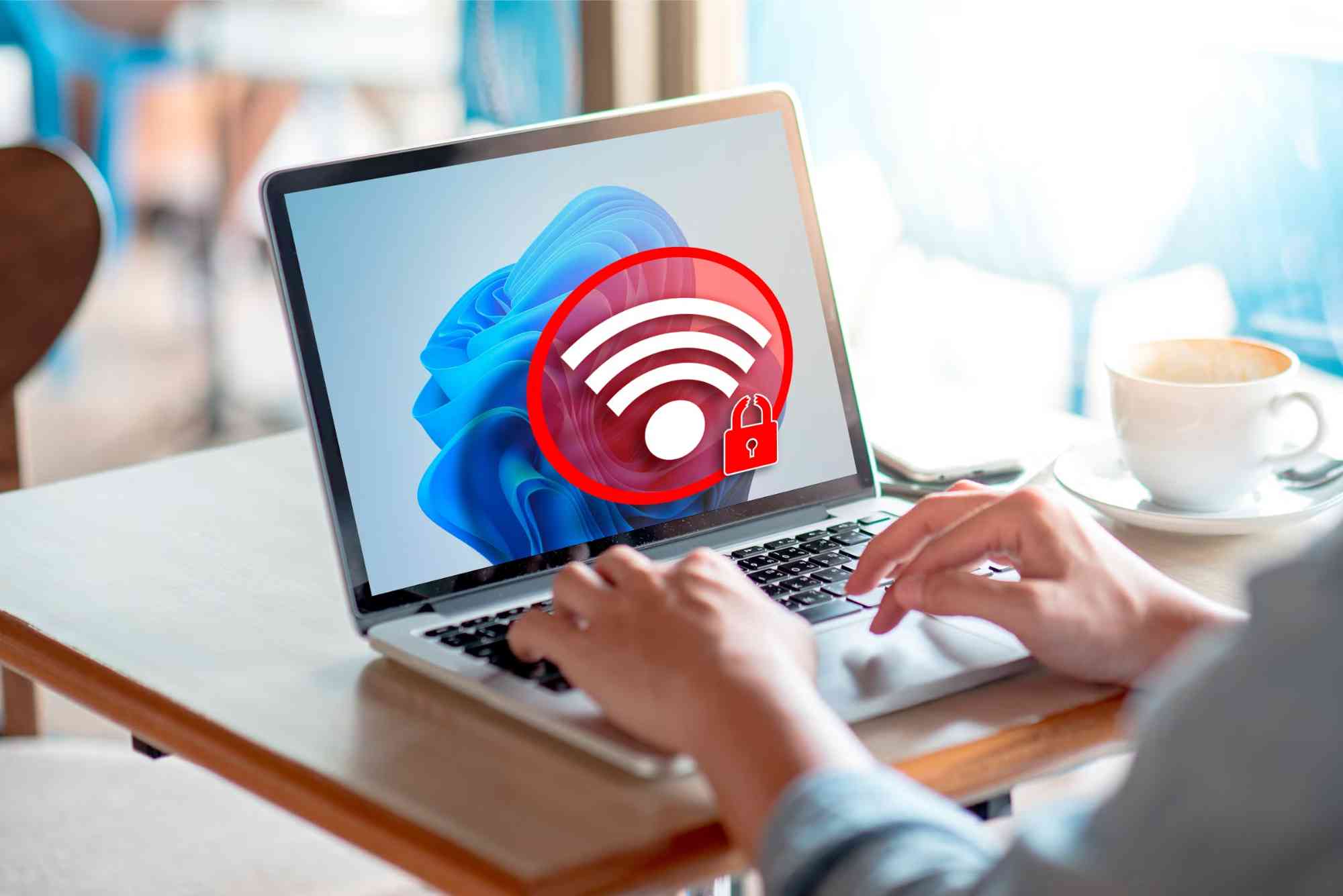Causes of Mobile Hotspot Battery Drain and How to Prevent Them
In today’s connected world, using a mobile hotspot has become a necessity for students, professionals, and travelers. While this feature allows you to stay online anywhere, it also has a common downside — rapid battery consumption. Understanding mobile hotspot battery drain causes is the first step to managing your device’s power efficiently. Whether you rely on your phone for remote work, streaming, or sharing data, this guide will help you uncover why your hotspot drains your battery so fast and what you can do to prevent it.
Understanding Why Mobile Hotspot Uses So Much Power
A mobile hotspot transforms your phone into a small wireless router. When activated, it uses your device’s cellular connection to share data with other devices like laptops, tablets, or smart TVs. This process demands constant data transmission, Wi-Fi broadcasting, and background processing, which puts a heavy load on the processor and battery. As a result, your phone heats up, drains power quickly, and may even reduce overall battery health over time.
High Data Transmission Activity
One of the major mobile hotspot battery drain causes is continuous data transfer. When multiple devices are connected and downloading or streaming data simultaneously, your phone works overtime. Each connected device requests data through your phone, causing the processor and modem to remain active continuously. The higher the data load, the faster your battery drains.
Multiple Device Connections
Every device that connects to your hotspot consumes a portion of your bandwidth and energy. If you have three or more devices connected, your phone has to manage multiple connections, increasing its workload. This multitasking process uses more CPU cycles and wireless power output, significantly reducing battery life.
Poor Cellular Signal Strength
When your phone struggles to maintain a stable data signal, it increases transmission power to keep the connection alive. This extra effort is one of the most common yet overlooked mobile hotspot battery drain causes. Using a hotspot in areas with weak signals forces your phone to consume more power, leading to faster battery depletion.
High Screen Brightness and Background Apps
Most users leave their screens on while monitoring connected devices or data usage. A bright display consumes substantial power, especially during prolonged use. Additionally, background apps like messaging platforms, email sync services, and social media updates add to the drain. Even when you are not using them, these apps continue to consume resources, further reducing battery efficiency.
Overheating Issues
When your phone runs a hotspot for an extended period, it naturally generates heat. Overheating not only affects performance but also accelerates battery drain. The hotter the device, the more chemical reactions occur inside the battery, reducing its long-term capacity.
Old or Damaged Battery
An aging or deteriorated battery is less efficient in holding charge and delivering consistent power. If your phone has been in use for several years, it’s natural for the battery to lose capacity. In such cases, enabling a hotspot puts additional strain, making the power drop faster than usual.
Outdated Software
Outdated firmware or operating systems can lead to inefficiencies in power management. Software bugs, unoptimized background processes, and outdated radio firmware can make your hotspot consume more energy than needed. Regular software updates often include power optimization features that can improve hotspot performance.
How to Prevent Mobile Hotspot Battery Drain
While hotspot use will always consume some power, you can significantly extend battery life with smart habits and practical solutions. Let’s explore the best methods to prevent unnecessary battery loss while maintaining reliable connectivity.
Limit the Number of Connected Devices
Allowing only essential devices to connect reduces the strain on your phone’s hardware. Disconnect any unused gadgets, and avoid sharing your hotspot with multiple users at once. This not only preserves battery life but also improves internet speed and stability.
Reduce Screen Brightness and Screen Time
Lowering screen brightness or enabling auto-brightness helps conserve power. Whenever possible, lock the screen to avoid unnecessary display use. If you must monitor data usage, check it periodically instead of keeping the screen active continuously.
Optimize Signal Reception
Use your hotspot in areas with strong cellular signals. Placing your phone near a window or open space enhances reception, which reduces the power needed for data transmission. Weak signals are one of the most frequent mobile hotspot battery drain causes, so better positioning can make a big difference.
Enable Battery Saver Mode
Most smartphones have built-in battery saver modes that limit background processes, reduce screen refresh rates, and manage CPU performance. Enabling this mode during hotspot use ensures efficient energy distribution without compromising connection quality.
Keep Your Phone Cool
Avoid using your hotspot under direct sunlight or on heat-absorbing surfaces. If you notice your phone heating up, take short breaks between hotspot sessions. Removing the case while using a hotspot can also help dissipate heat more effectively.
Turn Off Background Apps
Before enabling your hotspot, close all unnecessary background apps. This action frees up RAM and reduces CPU activity, allowing your device to focus solely on maintaining the hotspot connection. Apps like cloud backup services, social media platforms, and automatic updates are common hidden culprits behind rapid battery loss.
Use Power Banks or External Charging
When you know you’ll need your hotspot for an extended time, always carry a reliable power bank. Continuous use can drain the battery faster than you expect, so having an external power source ensures uninterrupted connectivity.
Keep Software and Apps Updated
Regular updates improve device efficiency and fix known bugs. Updated firmware ensures optimal network handling and power management, reducing unnecessary battery strain.
Use USB Tethering as an Alternative
If you only need to share internet with a laptop or desktop, consider using USB tethering instead of Wi-Fi hotspot. USB connections consume significantly less power and even allow your phone to charge while sharing data.
Adjust Network Settings
If your device supports both 4G and 5G, switch to the network that provides better stability. While 5G offers high-speed connectivity, it can also increase battery consumption in areas with poor signal coverage.
Expert Tip: Use Reliable Internet Providers
When hotspot battery drain becomes a frequent problem, sometimes the issue lies in your network provider. Unstable connections force your phone to work harder, increasing power consumption. Partnering with a stable, high-speed provider like Dhanote Internet Services ensures smoother data transmission and reduces unnecessary battery strain. Reliable connectivity not only enhances your online experience but also minimizes the effort your device puts into maintaining a steady signal.
The Role of Network Type and Frequency Band
Network frequency bands play a vital role in battery performance. Lower-frequency bands penetrate walls better and consume less power to maintain connectivity, while higher-frequency 5G or LTE bands demand more energy. If your hotspot supports multiple frequency options, select the one that offers a balance between speed and efficiency.
Avoiding Common Mistakes When Using Hotspot
Many users make simple mistakes that contribute to fast battery drain. Leaving Bluetooth, GPS, and NFC turned on during hotspot use increases energy loss. Similarly, setting your phone to maximum performance mode instead of balanced mode puts extra stress on the CPU. Turning off these unnecessary features helps conserve energy.
Another mistake is ignoring the warning signs of overheating. If your phone becomes too hot to touch, disconnect devices immediately and allow it to cool down before resuming. Persistent overheating can lead to permanent battery degradation or unexpected shutdowns.
Long-Term Care for Your Battery
Maintaining your battery’s health requires consistent care. Avoid full discharges; instead, keep your battery between 20% and 80%. Extreme charging habits shorten battery lifespan. Also, avoid using your hotspot while the phone is charging for extended periods, as this generates heat that affects long-term performance.
When to Replace Your Battery
If you notice that your phone drains rapidly even without hotspot use, it may be time for a battery replacement. Modern lithium-ion batteries typically last between 500 to 1000 charge cycles. Using professional battery health apps can help you monitor performance and detect when efficiency starts to decline.
Using a mobile hotspot is convenient, but it can take a toll on your battery if not managed wisely. Understanding mobile hotspot battery drain causes helps you make smarter decisions that extend your phone’s lifespan and keep you connected longer. By managing the number of connected devices, optimizing signal strength, and maintaining proper battery care, you can significantly reduce power loss.
Next time you rely on your phone for internet sharing, remember that simple habits like lowering screen brightness or using a power bank can make a big difference. If you’re looking for stable connectivity that reduces strain on your device, consider switching to Dhanote Internet Services for a reliable, high-speed solution.
Frequently Asked Questions
1. Why does my battery drain so fast when using a hotspot?
Your battery drains quickly because your phone continuously transmits data, powers Wi-Fi signals, and manages multiple connections, all of which require high energy output.
2. Does keeping my phone cool reduce hotspot battery drain?
Yes. Overheating accelerates chemical activity inside the battery, causing faster power depletion. Keeping your phone cool improves efficiency and battery health.
3. How can I make my hotspot last longer?
Limit the number of connected devices, reduce screen brightness, close background apps, and use a power bank for longer sessions.
4. Does 5G hotspot use more battery than 4G?
Yes. 5G consumes more power, especially in areas with weak signal coverage. If speed isn’t your top priority, using 4G can help conserve energy.
5. Can software updates improve hotspot battery life?
Absolutely. Updates often include better power management and optimized network handling, reducing unnecessary energy use during hotspot operation.








